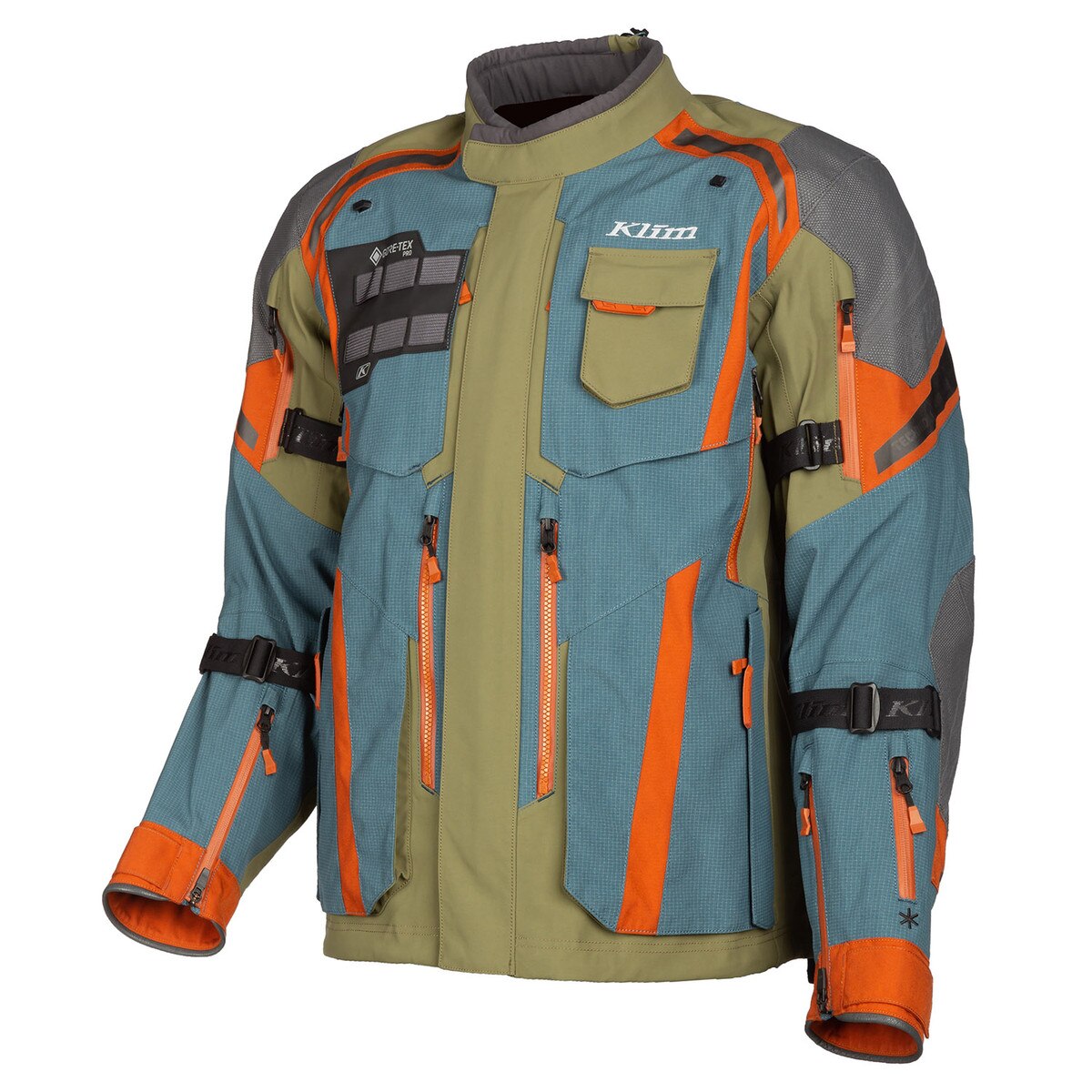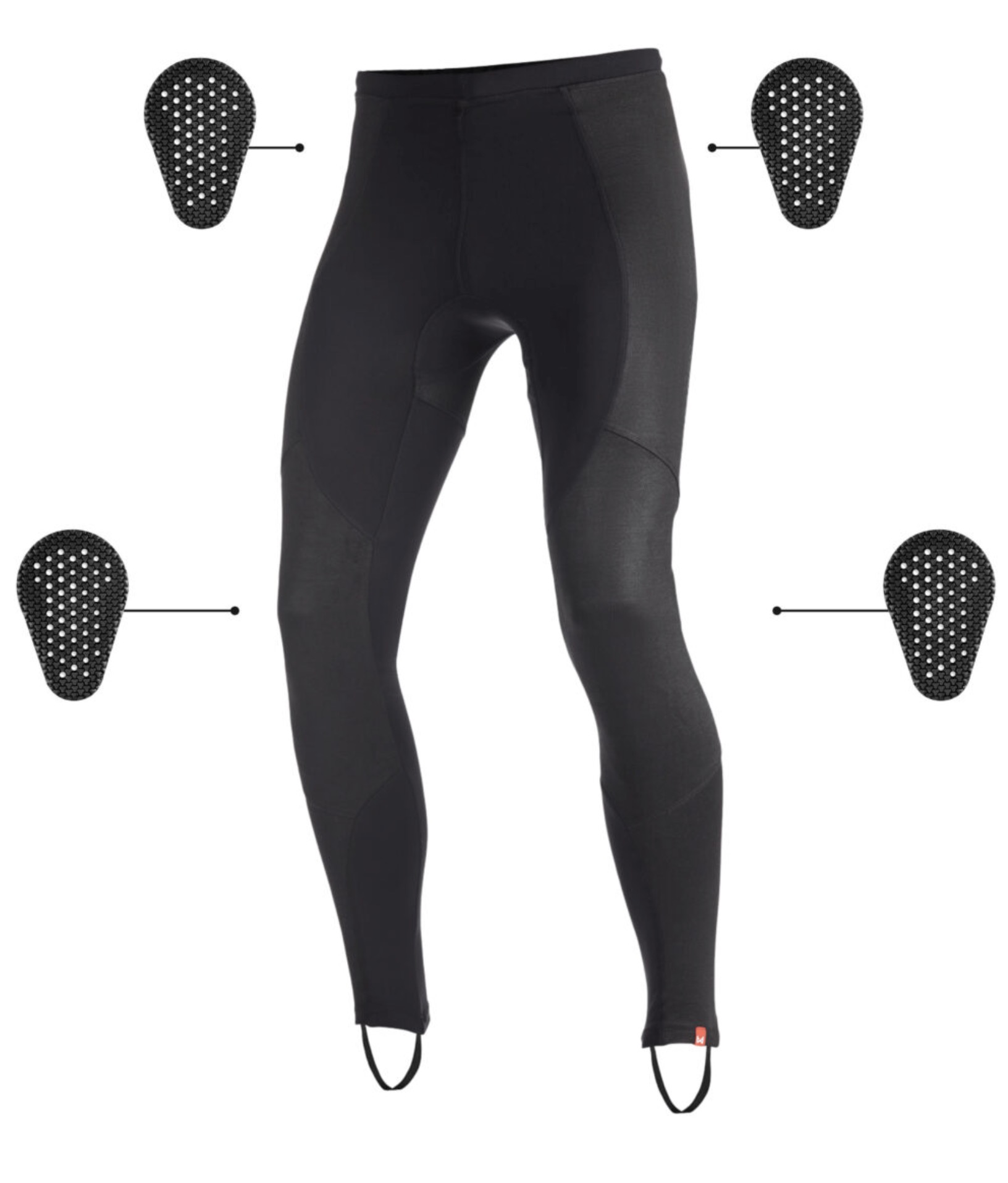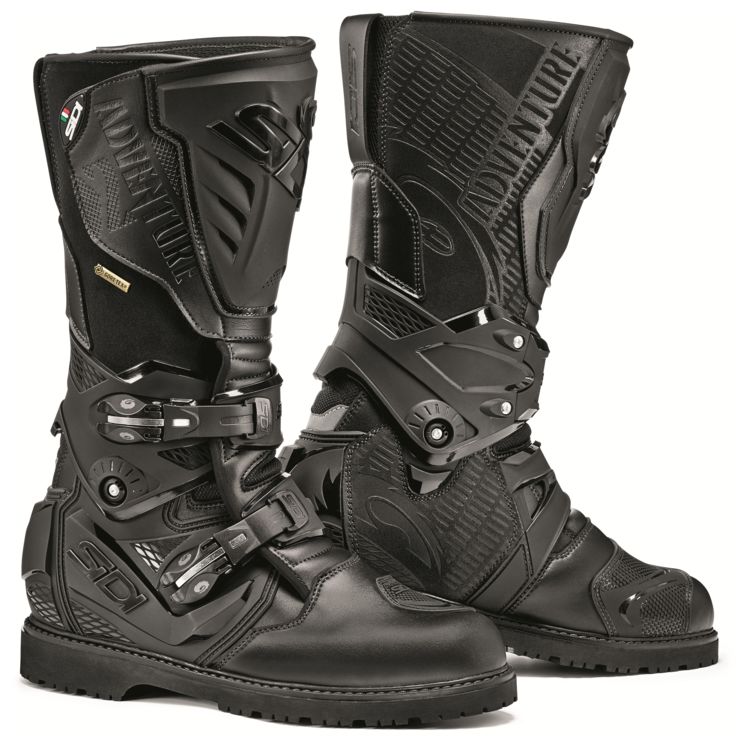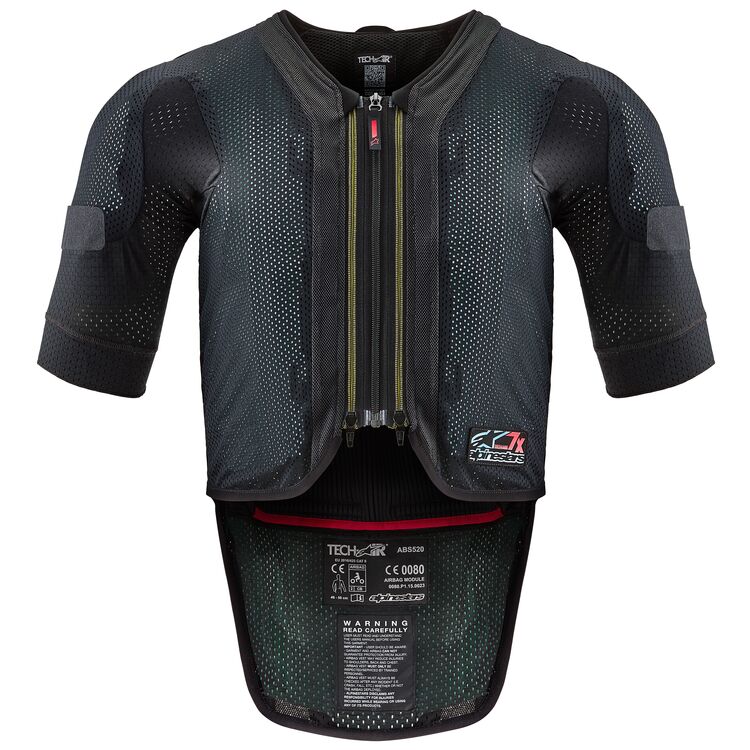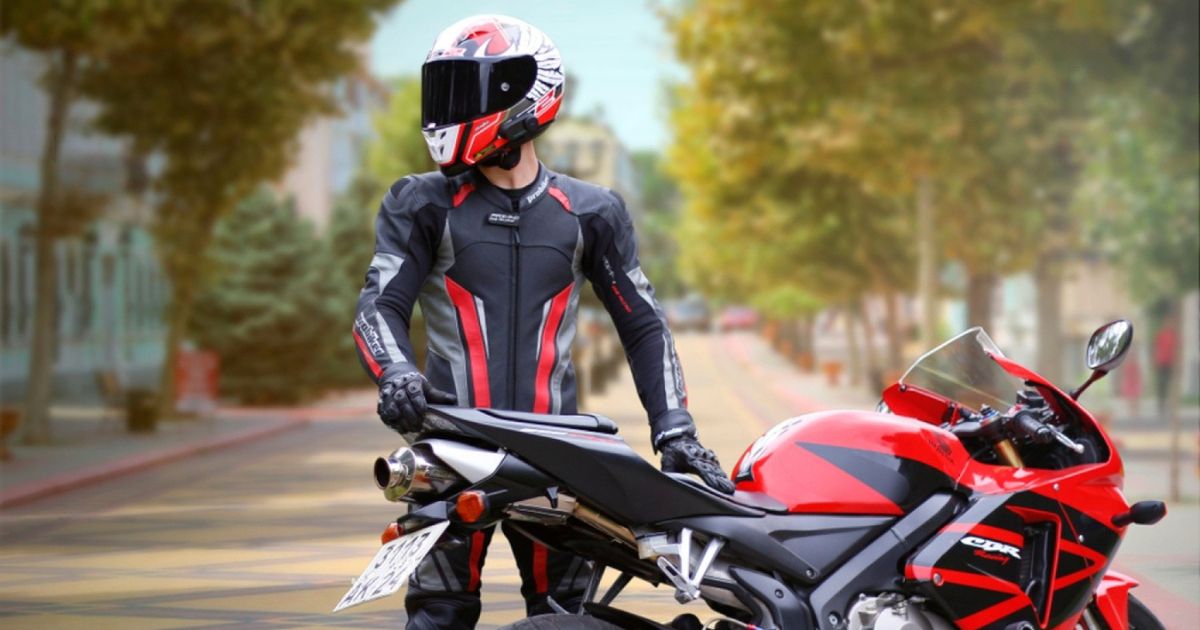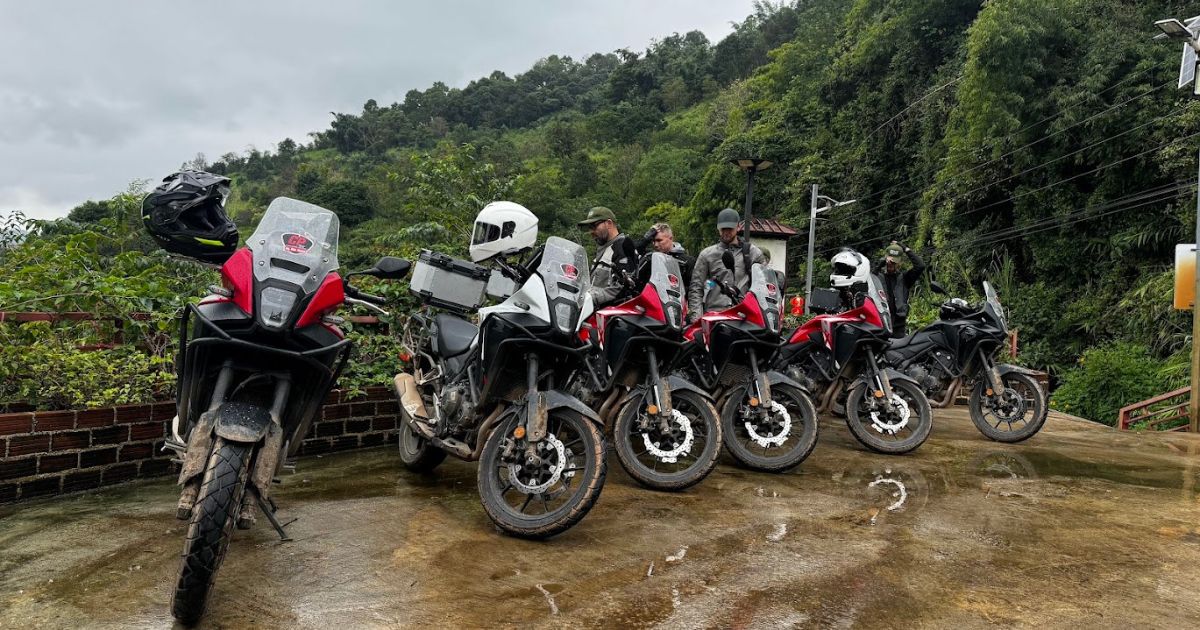
Best Motorcycle Gear 2026: Top Picks for Every Rider
left for contents
You know those rides that leave you smiling ear to ear? The right gear makes those possible. Pick wrong and even the most beautiful road becomes a sweaty, noisy, ankle‑shaking slog. I’ve spent my time riding everything from tropical rain forests to high‑altitude highways and testing gear until zippers broke and seams blew, and I can tell you: quality matters more than marketing hype.
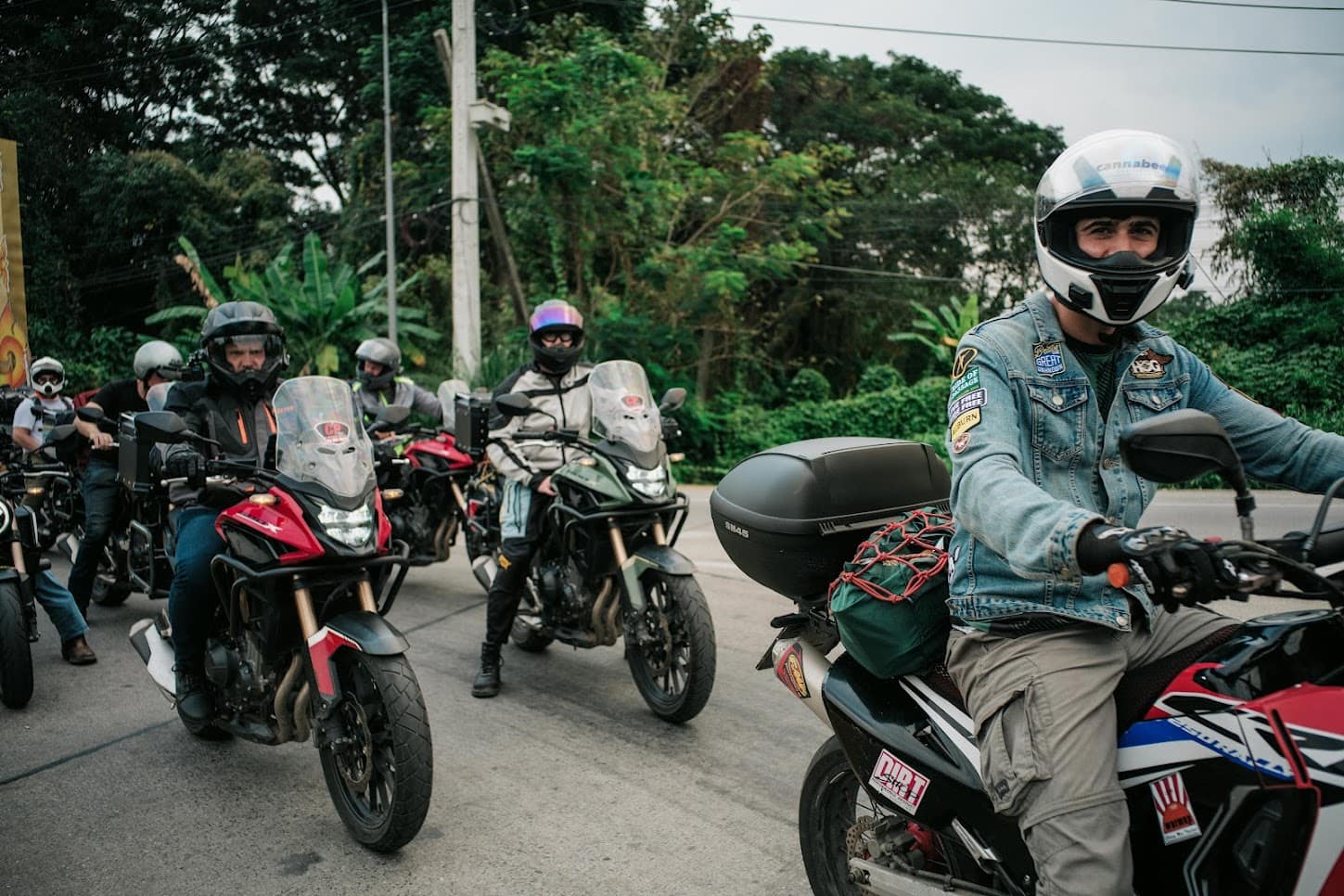
So here’s a bold take: pricey gear isn’t always the most comfortable; lightweight pants can protect as well as leather; some “waterproof” boots really aren’t; and modern airbag vests aren’t just for racers anymore. Stick with me and I’ll show you where those statements ring true.
We’ll look at seven pieces of gear that work together to suit commuters, long‑distance tourers and adventure junkies.
Matching Gear to Your Riding Style
Before jumping into products, think about your typical ride. Commuters in humid cities need breathable protection that won’t cook them at stoplights. Adventure riders crossing mountain passes need weatherproof armor that still flows air when the sun comes out. Sport riders want race‑bred protection without the bulk of motocross boots. And everyone benefits from increased safety tech like airbags and upgraded armor.
The selections below cover a range of scenarios. For each item I’ll explain who it’s best suited for, how the features benefit you on the road, and why I think it stands out.
Helmet: Shoei GT‑Air 3 – For Quiet Touring and Commuting
Shoei’s GT-Air 3 builds on a trusted touring platform with meaningful aerodynamic and comfort upgrades backed by actual rider feedback. It uses Shoei’s AIM (Advanced Integrated Matrix) shell with a multi-piece EPS liner, dispersing impact energy while keeping the fit compact. The reshaped rear spoiler and narrower chin area help cut through turbulent air and resist buffeting—an improvement noted by several riders on StromTrooper and CB1100Forum, who describe the helmet as “more stable and balanced in crosswinds than the GT-Air 2.”
Ventilation and noise control are where the GT-Air 3 really earns praise. Road testers from Rider Magazine found airflow to be “noticeably better” while maintaining a quieter ride compared to the previous version. Many forum riders echo that sentiment, calling it “very quiet, even with vents open,” though some still recommend earplugs for long highway runs.
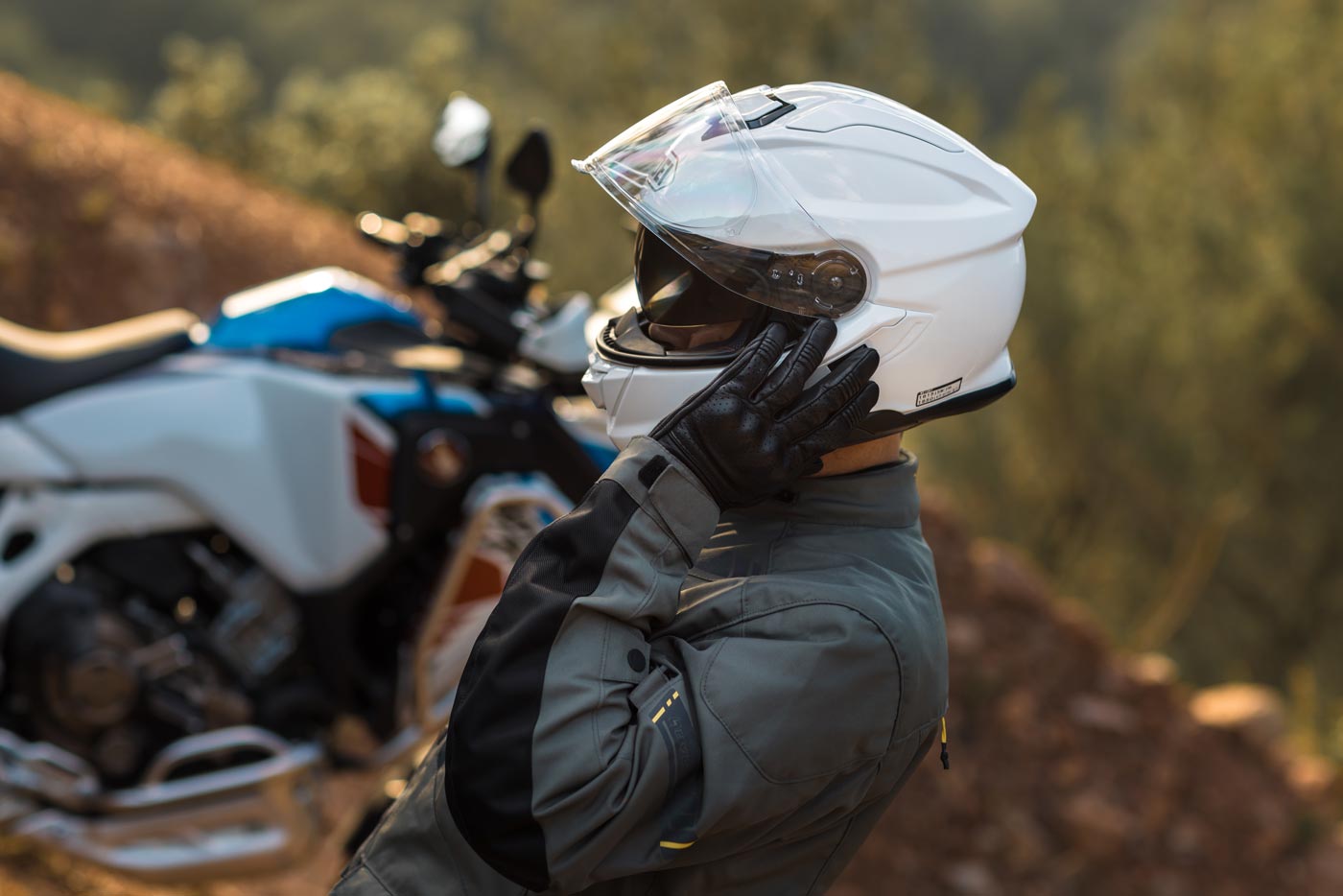
Downsides: A few riders mention that the chinstrap can press slightly against the throat after several hours, and that the chin vent doesn’t move as much air as the top vents. It’s also a bit heavier than carbon-shell competitors like the Shark Spartan Carbon, though the trade-off is superior shell integrity and low-frequency noise isolation.
Silver lining: Those small compromises are offset by the helmet’s composure at speed, plush interior, and exceptional aerodynamics. The GT-Air 3 feels calm and fatigue-free even after long highway stints, making it one of the most refined full-face touring helmets available today.
A premium touring helmet built to disappear on long rides: plush liner, adjustable vents, thick neck-roll and tight sealing visor for that sweet sweet silence and an optically-clear drop down sun shield. Fits the SRL3 Sena comms system seamlessly.
- Super quiet
- Wind tunnel molded for smoother ride (less fatigue)
- Eyeglass compatible
- Internal sun shade and Pinlock visor
- A bit heavier than carbon‑shell alternatives
- Ratchet strap may irritate throat
Alternative Option: If you prefer a modular alternative, the Shoei Neotec 3 deserves a look. It shares the GT-Air 3’s internal sun visor and noise-reduction DNA but adds a flip-up chin bar, making it perfect for touring riders who want convenience without giving up comfort. Riders report it’s nearly as quiet as the GT-Air 3, with a softer chinstrap and improved sealing around the neck roll.
👉 Want a deeper breakdown? Read our full comparison, complete with noise test data, comfort notes, and long-distance impressions: Shoei Neotec 3 vs GT-Air 3.
Lightweight Mesh Jacket: REV’IT! Eclipse 2 – Best for Hot‑Weather Street & Urban Riding
The REV’IT! Eclipse 2 is one of the most consistently recommended jackets for riders who battle summer heat. Building on the success of the original Eclipse, this second-generation version uses expansive mesh panels across the chest, arms, and back to deliver outstanding airflow while keeping key abrasion zones protected with 600D polyester. The jacket includes CE-Level 1 SEESMART armor in the shoulders and elbows and is designed to accept the SEESOFT CE-Level 2 back protector insert. Reviewers often note how lightweight and effortless it feels to wear—RevZilla calls it “one of the best-ventilated and most affordable mesh jackets available.”
Riders praise how well the Eclipse 2 keeps them cool on long summer rides. One rider on Reddit described it as “a great summer jacket that flows a ton of air and keeps you comfortable even when it’s 90 degrees,” while others highlight its balance of airflow, comfort, and low weight. The cut is slightly relaxed without feeling baggy, making it comfortable for commuting or casual weekend rides.
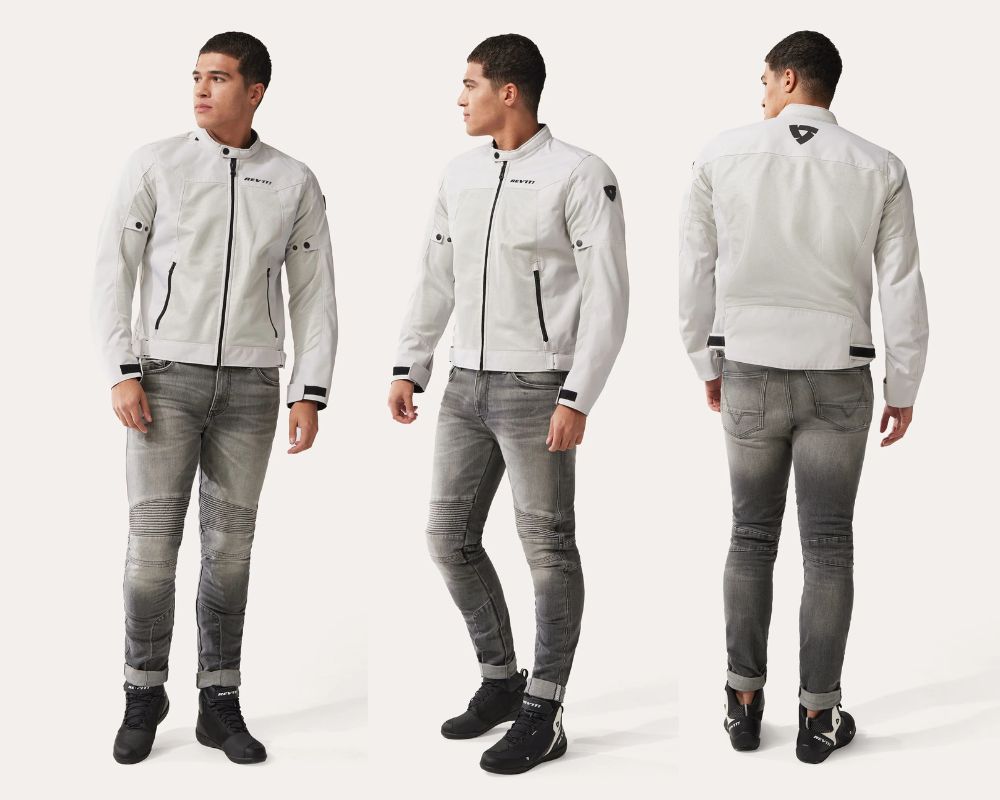
Downsides: Because the Eclipse 2 relies so heavily on open-weave mesh, it offers almost no resistance to wind or rain. It’s perfect for dry, warm weather but not suited for cooler temperatures or long highway runs after sunset. Several riders mention that the stock armor feels basic—adequate for street riding, but not as confidence-inspiring as D3O or SEEFLEX CE-Level 2 protection. The minimal liner means you’ll feel every change in temperature, and you’ll want to layer up if the weather dips.
Silver Lining: Those compromises are what make the Eclipse 2 so comfortable and easy to live with. It’s light, flexible, and flows air even at moderate speeds, keeping fatigue low during stop-and-go traffic. Its clean styling and practical details—like the wind flap behind the zipper, adjustable cuffs and waist, and jeans loop—add functionality without bulk. For riders in consistently hot regions, it’s an affordable, go-to mesh jacket that makes summer rides enjoyable rather than exhausting.
A lightweight, summer-ready motorcycle jacket with large mesh panels for airflow, CE Level 1 armor, and a clean, urban style—ideal for hot weather riding.
- Excellent airflow for hot weather
- Lightweight and comfortable
- CE Level 1 shoulder and elbow armor included
- No waterproof or thermal liner
- Back protector not included
- Limited storage/pocket space
Alternative Option: If you want a similar fit and airflow with an upgrade in protection, the Pando Moto Commando UH AAA is a worthy alternative. It offers a more rugged outer shell with Balistex fiber and D3O CE-Level 2 armor while maintaining excellent ventilation for warm-weather use.
👉 See how the Eclipse 2 performs in our latest gear tests and airflow comparisons: REV’IT! Eclipse 2 Review.
Adventure Jacket: Klim Badlands Pro A3 – Built for Long Expeditions
The Klim Badlands Pro A3 is widely regarded as a benchmark in adventure jacket design, combining premium materials, high protection, and weather versatility. It features a 3-layer GORE-TEX Pro shell that offers top-tier waterproofing and breathability, yet many testers report it handles sustained downpours without leaking. (Our six-week tour test across Europe noted its waterproofing held up impressively.) Klim reinforces high-impact zones using Superfabric over shoulders, elbows, and forearms and complements that with a Vectran base fabric that increases abrasion resistance without adding bulk.
On the inside, the jacket comes with D3O CE Level 2 armor in the shoulders, elbows and back, supplemented with perforated XRD chest pads; it also includes a kidney belt and robust jacket-pant connection zipper for long-ride stability. Venting is another strength: massive wrist vents, core vents, bicep intakes and exhaust ports help draw airflow when the weather is hot. In actual use, testers say the airflow is among the best in its class for a fully waterproof adventure suit. The jacket also delivers in storage, with a generous number of external and internal pockets plus a hydration sleeve.
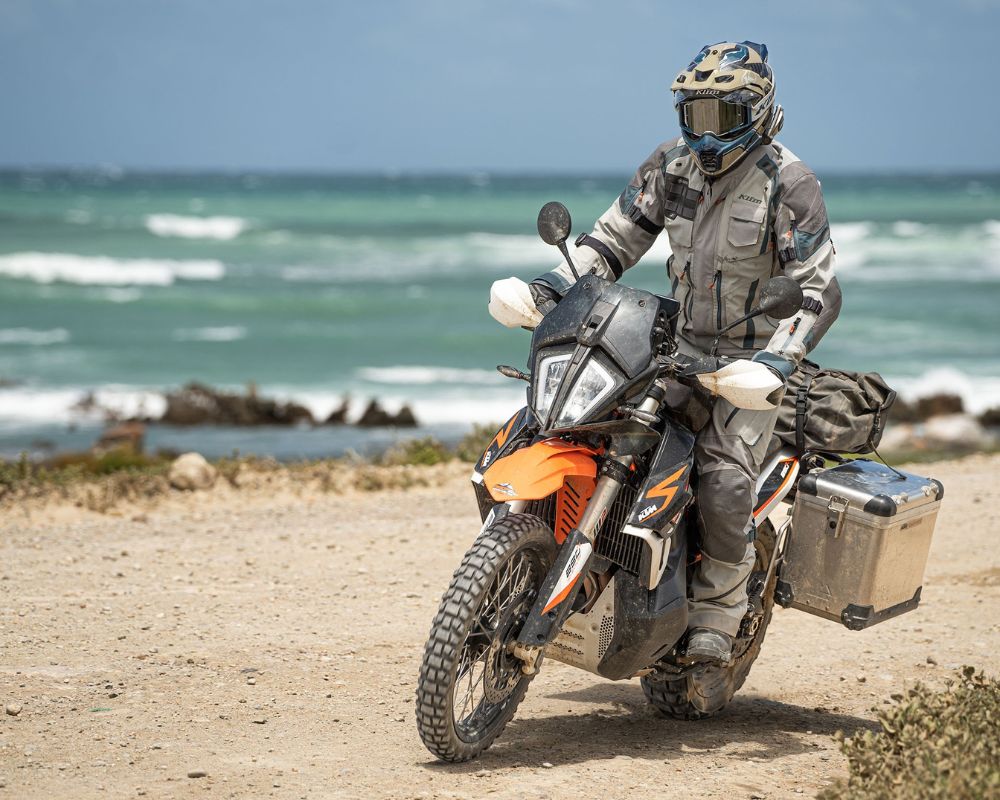
Downsides: One common critique is that the Badlands Pro A3 is heavy — even though it’s lighter than its non-A3 predecessor, it still feels substantial on long days, especially when full of gear. Some users mention that cinch or Velcro straps (especially at the biceps or lower legs) are a bit stiff or awkward to adjust while riding. Others have flagged that the kidney belt can retract into its storage sleeve inadvertently, requiring you to fish it back out. A few riders also note that while the jacket is waterproof, the chest pads are XRD foam (not CE rated by default), and many replace or upgrade them. Finally, in forums, some owners of the Badlands Pro pants—used alongside the jacket—complained about slippage of the waist Velcro straps and bulkiness.
Silver Lining: Despite the heft and some ergonomic trade-offs, the Badlands Pro A3 stands out for what it protects and endures. Its CE AAA abrasion rating (in conjunction with D3O armor) is rare for a fully waterproof textile suit, making it ideal for riders who don’t want to compromise safety over comfort. In performance tests, many riders report it maintains composure even in downpours and turbulent weather, while the venting system ensures you don’t overheat in warmer sections. The wealth of adjustment options—like the kidney belt, cuff and sleeve cinches, and jacket-pant zip link—means you can fine-tune the fit for long days in the saddle. Plus, the crash damage replacement policy from Klim adds peace of mind to the investment.
The Klim Badlands Pro A3 is a premium adventure jacket with a Gore-Tex Pro shell, CE AAA-rated abrasion resistance, and D3O Level 2 armor for top-tier protection.
- CE AAA-rated abrasion resistance
- D3O Level 2 armor in shoulders, elbows, and back
- Extensive ventilation system with 12 vents
- Premium price point
- Heavier than some alternatives
- Hydration bladder not included
Alternative Option: If you’re looking for a slightly lighter but still capable alternative, consider the REV’IT! Sand 4 H2O — it offers many of the same four-season features with reduced weight and a more flexible fit, though with slightly less extreme abrasion reinforcement.
👉 See our full in-depth breakdown of the Badlands Pro A3 – coverage of ventilation testing, crash protection, strengths and weaknesses: Klim Badlands Pro A3 Review.
Armored Leggings: Pando Moto Skin UH AAA – Maximum Protection Without Bulk
The Pando Moto Skin UH AAA leggings are designed to deliver high-level protection while being so slim and flexible that you can wear them under almost any outer layer. They’re made with Balistex® fabric, which Pando advertises as 15 times stronger than steel, and they carry a CE AAA abrasion rating, meaning they should survive slides at highway speeds. Included SAS-TEC TripleFlex CE Level 2 armor panels load in at the hips and knees, and reinforced zones in impact areas balance protection with stretch. In my long-term test, I found the leggings impressively comfortable—“like yoga pants,” yet capable of serious protection even after a month of daily use.
In actual incidents, some riders report meaningful protection. On Reddit, one user recounted having a crash where their outer pants were shredded, but the Pando Moto leggings underneath sustained only superficial scuffs—suggesting the leggings did their job. Review sites and retailer pages also mention that the soft exterior armor contributes to comfort and mobility.

Downsides: A common concern is price—these leggings are significantly more expensive than typical riding jeans or textile pants. Because the design emphasizes slimness and breathability, some inner-leg panels use lighter fabric that may not be as abrasion-resistant, which can introduce weak points in intense slides (as some reviewers caution). A few users also note seam placement or tightness around the knees can become slightly irritating on very long rides. Additionally, while the armor is CE Level 2, the back and shin areas aren’t covered—so you’ll still want extra protection in those zones if needed.
Silver Lining: The trade-offs largely support the core strength of these leggings: discreet, wearable protection. You can pair them under jeans, chinos, or other casual outer layers without looking like a full-on riding suit. Many users report forgetting they’re wearing them thanks to their light weight and flexibility. The armor stays in place well thanks to the snug fit, and ventilation is good enough that the leggings can feel comfortable even in warm weather. The one-pair-fits-all versatility (under any pants) makes them a compelling solution for riders who refuse to compromise comfort or protection.
Perfect leggings for casual riding and summer heat without sacrificing protection. CE AAA rated up to 75mph highway slide on asphalt.
Wear jeans, hiking pants, pajamas on top - I don't care, it's your style not mine. Full review here.
Buy from Pando Moto with code ROAD for 10% off.
- Super flexible and breathable
- Zippers and loops at ankles for secure fit
- Included CE Level 2 hip and knee armor
- None
Alternative Option: If you want something similar but with more coverage at the ankles or calves, an alternative to consider is the Bowtex Elite Leggings, which incorporate Dyneema weave panels in more areas (inside legs, thighs) and may feel more robust in slide tests, though typically at a higher cost or weight penalty.
👉 Read our full hands-on test, which includes wear impressions and side-by-side slide comparisons: Pando Moto Skin UH AAA Leggings Review.
Adventure Boots: SIDI Adventure 2 Gore‑Tex – Weatherproof Protection With Surprising Comfort
The SIDI Adventure 2 Gore-Tex is a heavyweight (in capability) in the ADV boot space, combining proven protection features with waterproofing and usability. It’s built with a Gore-Tex membrane for full waterproofing, reinforced uppers of microfiber and Cordura, a tall internal gaiter (about 7 cm higher than the earlier model), and a dual cam-lock buckle system paired with Velcro closure for secure fit.
Testers consistently call it “thoroughly waterproof” and “comfortable from the outset,” even during multi-hundred mile rides mixing pavement and dirt. One long-term rider noted they tested them in both scorching heat and torrential rain, crossing rivers and muddy terrain — “my feet have remained dry.” In wet weather tests, reviewers say they outperform many boots in their class, thanks especially to the extended Gore-Tex gaiter and excellent sealing.
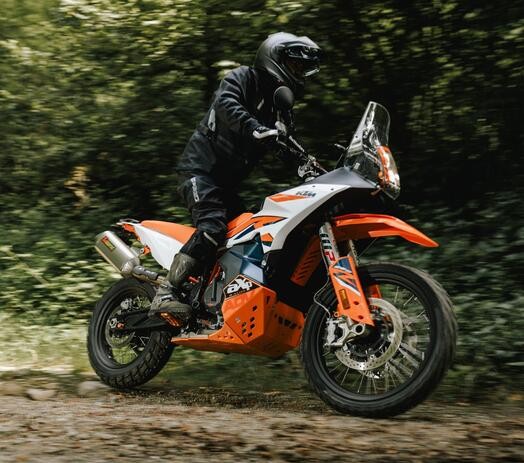
Downsides: One recurring complaint is the so-called “SIDI squeak” — when walking, the boots can produce audible squeaking noises, especially in early use. Some users also report that the boots can be a bit warm in hotter climates (though still tolerable), and break-in stiffness is expected at first. A few reviewers mention that the upper top edge can rub the shin, particularly for riders with skinny calves. Lastly, the boot is heavy compared to street boots — fine for adventure use but tiresome for long city walking.
Silver Lining: Despite these trade-offs, the Adventure 2 delivers one of the best protection-to-comfort balances in the ADV boot class. Its waterproofing is reliable even under prolonged exposure, and the internal flexibility (ankle articulation, flex panels) keeps it usable in both seated and standing positions. The sole grips well off the bike, and its upper construction gives confidence in slips or slides. Many users find that once broken in, the boots are comfortable enough for all-day rides, and their durability makes the purchase worthwhile. In short, it’s a boot that doesn’t force you to choose between protection and wearability.
Premium dual-sport boots delivering top-tier protection, lasting comfort, and reliable Gore-Tex waterproofing—ideal for long days in varied on‑ and off‑road conditions.
- Excellent waterproofing for wet conditions
- Strong protection like motocross boots
- Comfortable with little break-in time
- Grippy sole for pegs and walking
- Durable build for long-term use
- A bit stiff for extended walking
- Can feel warm in hot weather
Alternative Option: If you want a lighter but still capable alternative, TCX R04D WP is one option—less shin protection but more sneaker-like feel.
👉 See why it’s our top ADV boot pick in: Best Motorcycle Boots for Long Rides and Everyday Adventures.
Gloves: REV’IT! Sand 5 – Ventilated Protection for Dual‑Sport and Touring
The REV’IT! Sand 5 gloves aim to blend serious protection with airflow, and many reviewers say they succeed in that balance. The short-cuff design combines drum-dyed stay-soft goatskin leather, 3D air mesh, and PWR|Stretch fabrics to keep things flexible and cool. According to RevZilla, this version preserves the protection of previous generations while improving fit and comfort. One video review calls them “expertly engineered for comfort… designed to breathe like an off-road glove while offering touring levels of protection.”
Early wearers and forums generally affirm that the gloves feel good out of the box. A Reddit user reported riding 60 miles and finding them “very comfortable,” though noting they might not be warm enough in cooler weather. CycleGear reviewers say they “look and fit great,” with good airflow and no obvious loss in protection. Across retailer reviews, the gloves are praised as “well built” and “quick to break in.”
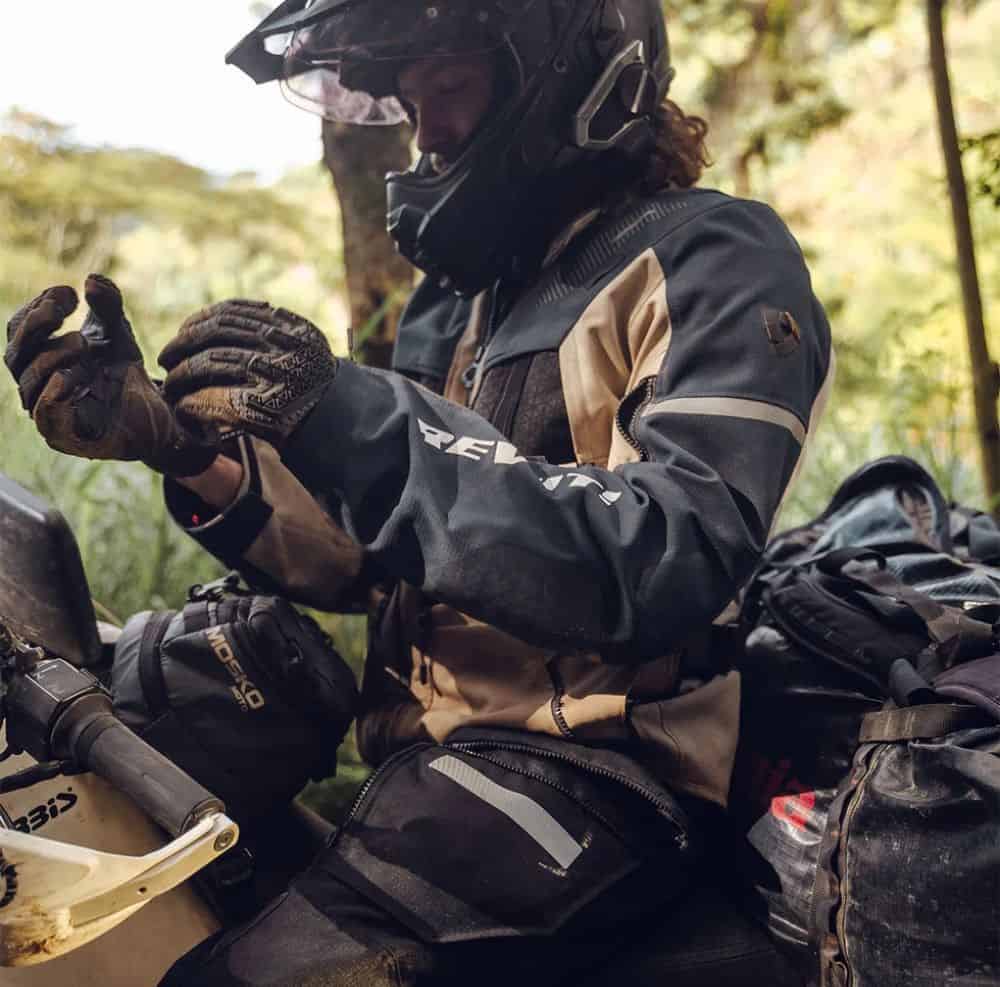
Downsides: Some users mention the gloves aren’t ideal for cooler or windy conditions—they sacrifice insulation for ventilation. The short cuff leaves the wrist more exposed than longer gauntlet gloves. Also, the EN certification is Level 1 knuckle protection (under EN 13594), which is decent for street use but not top-tier for track or high-risk crashes. A few testers mention internal seams (especially near the thumb) that can become noticeable over longer rides.
Silver Lining: What the Sand 5 give up in cold-weather coverage they more than make up for in comfort and usability. Their ventilation is excellent; riders comment that the gloves stay airy even in high heat. The flexible materials let your fingers move freely, and the armor (TPR knuckles, TPU palm slider, thumb protection) still gives confidence without rigidity. Reviewers highlight that they strike a strong balance for riders who prefer airflow-first protection.
Lightweight, breathable, and protective adventure gloves for all-terrain riding.
- Superior ventilation for maximum airflow
- Advanced knuckle protection for impact resistance
- Enhanced grip and flexibility for better control
- Limited wrist coverage due to short cuff
Alternative Option: For more aggressive or sport riders, Alpinestars SPX Air Carbon v2 is worth a look—offering carbon-style knuckles and more protective features at the cost of some ventilation.
👉 Want deeper insight into glove comparisons and wear impressions? Read more in our best short cuff motorcycle gloves roundup, which includes the Sand 5.
Airbag Vest: Alpinestars Tech-Air 7X – Racetrack-Inspired Protection for the Street
The Alpinestars Tech-Air 7X is a fully autonomous, standalone vest system that brings high-end airbag protection to street riders without needing external tethers or integration wires. It is FIM-approved and designed to protect your shoulders, chest, back, and coccyx via a rapid inflation system actuated by 12 integrated sensors and crash-detection algorithms. In side-by-side tests, Roadracing World called it “the most comfortable, easy-to-use and easy-to-operate track-oriented airbag system” they’ve used, noting it’s more user-serviceable and cooler than many past systems. Motorcyclist also highlights its fully autonomous operation as a big win, eliminating the need for external sensors or tethers.
Users report meaningful improvements over earlier versions. On Reddit, one rider who upgraded from Tech-Air 5 said the 7X feels slimmer, the back protector less obtrusive, and claims the fit sits “as if it’s not even there” when zipped into a suit. Others in forums mention its lower profile and thinner canister housing make it easier to integrate under gear.
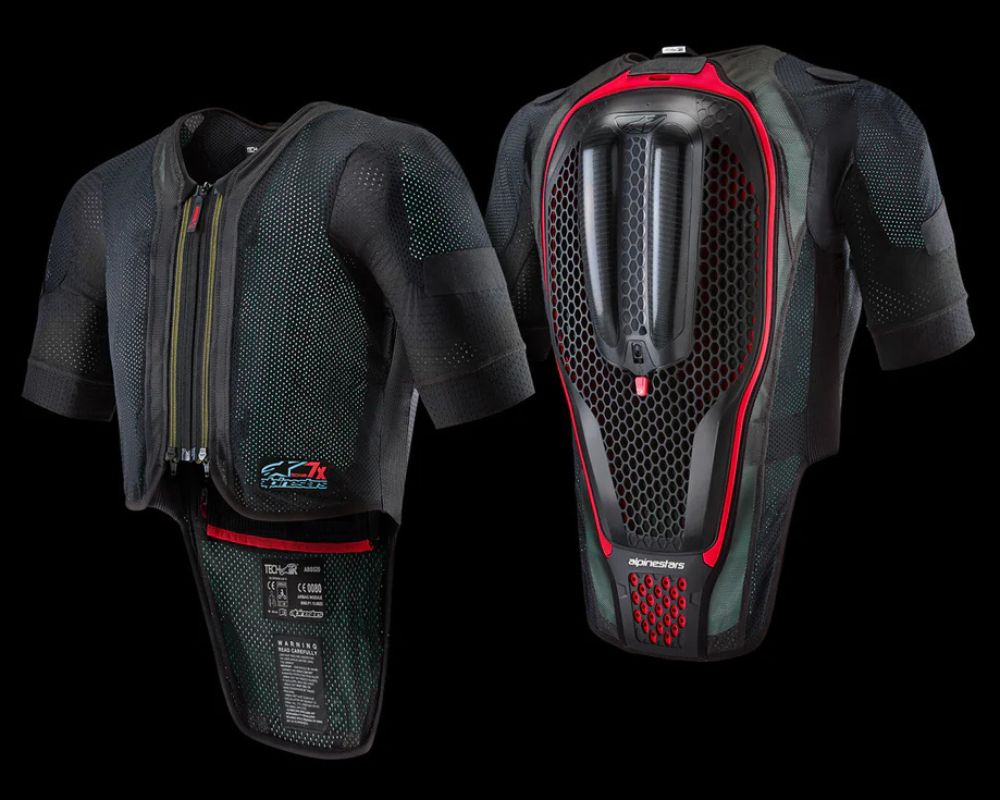
Downsides: Some riders note that the back “hump” or tailbone piece is more pronounced than in prior models, which may push some to size up or choose jackets with more room to accommodate it. A few users caution that sleeve tightness may become noticeable, especially for those with larger arms or in more restrictive jackets. While the system does provide a CE Level 1 back protector in case of a non-deployment scenario, that is still less protection than fully deployed airbags or more robust passive options. Also, the cost of replacement argon cartridges (typically ~$99 each) and periodic servicing requirements add to the ownership burden.
Silver Lining: The 7X’s design aims to reduce barriers to wearing an airbag vest daily. Many testers say the comfort is excellent—even in warmer conditions—the battery and electronics stay out of the way, and the automatic mode switching (Race vs Road) gives flexibility without manual complexity. In tests, riders wore it for multiple sessions in hot, humid weather and still rated it highly for wearability and usability. The modular cartridge design is user-serviceable, meaning you can replace them yourself trackside without sending the whole vest back, which makes it more practical for regular riders. In essence, the Tech-Air 7X pushes the balance further: strong protection when needed, but minimal intrusion when you’re just riding.
The Alpinestars Tech‑Air 7X is a self‑contained airbag vest that deploys in ~44 ms to protect your chest, back, shoulders, and coccyx—offering MotoGP-level safety for racers and street riders alike.
- Covers shoulders, chest, back & tailbone
- Dual airbags allow two deployments
- FIM-approved for race & street use
- Race/street modes via app adjust sensitivity
- Streamlined fit under compatible leather
- Must be worn under a jacket that can stretch outwards
Alternative Option: If you want a different approach (vest vs jacket, or different coverage), the Alpinestars Tech-Air 10 is another option worth exploring, though it’s designed in a more integrated full-body format and trades some airflow and flexibility for more protection coverage.
👉 See how it ranks among the safest vests in our guide, best motorcycle airbags.
Comparison Table
| Product | Type & Use‑Case | Stand‑Out Features | Notes / Our Review |
|---|---|---|---|
| Shoei GT‑Air 3 | Touring/commuting full‑face helmet | Wind‑tunnel‑tested aerodynamics, CNS‑1C shield with large sun visor, micro‑ratchet strap, Comlink communications integration | Quiet, stable helmet for long rides; see our GT‑Air 3 review for rider impressions. |
| REV’IT! Eclipse 2 | Hot‑weather mesh jacket | Large mesh panels, SEESMART CE armor, jeans loop, wind catcher | Perfect for summer commutes; link to our Eclipse 2 review for fit tips. |
| Klim Badlands Pro A3 | Four‑season adventure jacket | GORE‑TEX 3‑layer Pro shell, Superfabric & Vectran reinforcement, D3O CE‑level 2 armor, extensive vents and pockets | Premier ADV jacket; our Badlands Pro A3 review details long‑term durability. |
| Pando Moto Skin UH AAA | Armored base‑layer leggings | Balistex fabric (15× stronger than steel), CE AAA rating, SAS‑TEC CE level 2 armor | Wear under any pants; see our leggings review for comfort insights. |
| SIDI Adventure 2 Gore‑Tex Boots | ADV/dual‑sport boot | Tall Gore‑Tex gaiter, Single Flex System, micro‑adjustable buckles, rigid heel with hyper‑extension block | Waterproof and protective; our boots guide covers break‑in and fit. |
| REV’IT! Sand 5 Gloves | Adventure touring gloves | Goatskin leather + 3D mesh, TPR knuckle and finger protection, TPU palm slider, tri‑fleece lining | Breathable with touchscreen fingertips; see our glove comparison for alternatives. |
| Alpinestars Tech‑Air 7X Airbag | Electronic airbag vest | Twelve sensors and AI algorithm, 44 ms deployment, race and street modes | Track‑proven tech for street riders; our airbag guide explains how it works. |
Buying Guide: How to Choose Motorcycle Gear
Finding the perfect gear starts with understanding what matters most for your rides. Here are my top tips:
Certification matters: For helmets look for ECE 22.06 or DOT (Snell for track). Jackets, pants and gloves should carry CE ratings (AA or AAA for abrasion; Level 2 for armor). Boots need CE EN 13634. Airbags should meet FIM or CE standards.
Fit is safety: A helmet should feel snug without painful pressure points; try multiple sizes and shapes. Jackets and pants must allow full range of motion without excessive slack. Boots should hold your ankle securely while letting you shift and brake smoothly. Gloves should fit snugly so armor stays aligned over your knuckles; too loose and they’ll roll on impact.
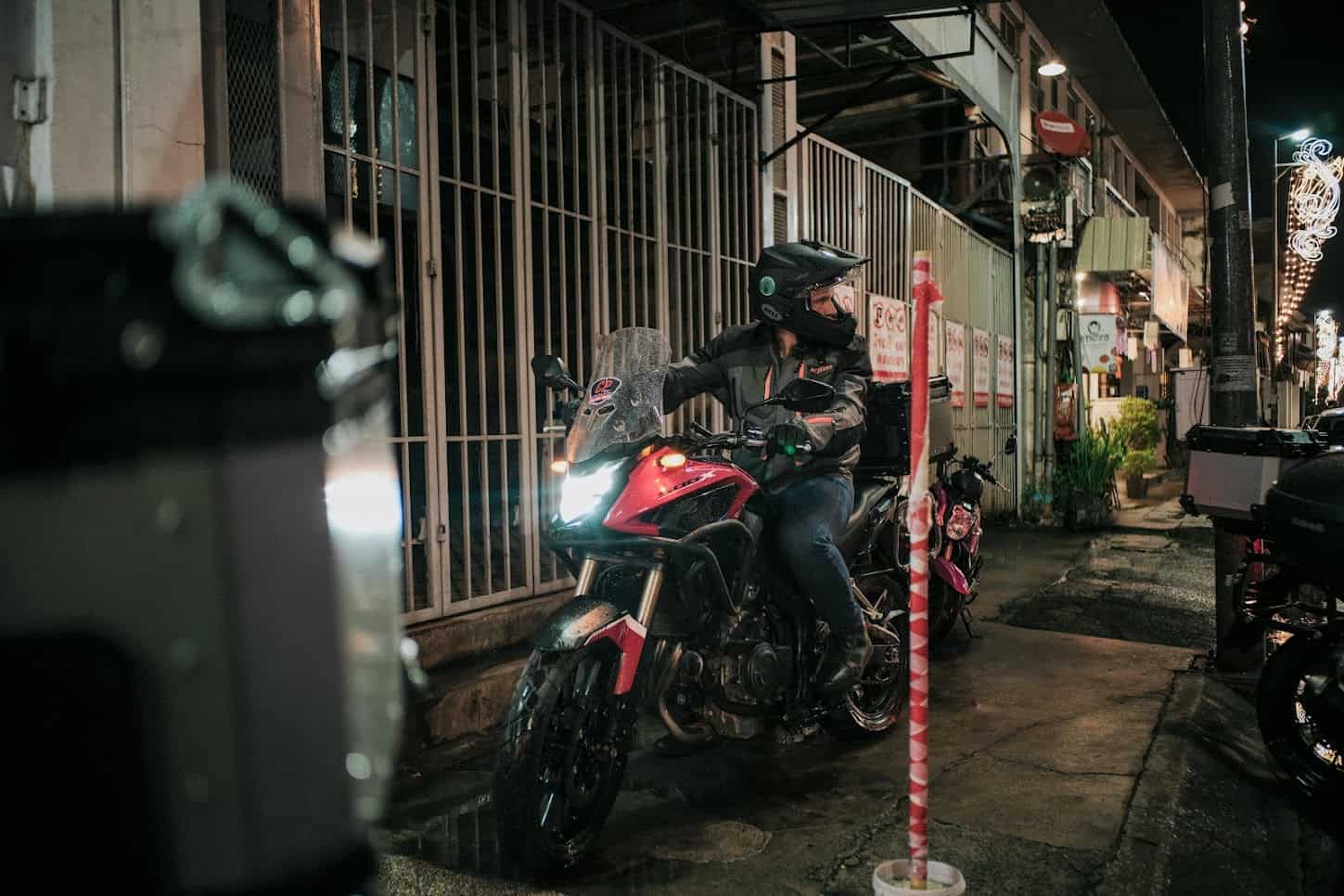
Match gear to your climate: Mesh jackets and perforated gloves are ideal for hot climates, but they won’t block rain. Four‑season shells like the Badlands Pro A3 use waterproof Gore‑Tex and multiple vents to handle changing weather. Heated liners or insulated gloves extend your riding season in colder regions.
Consider versatility: Base‑layer leggings like Pando Moto’s Skin UH let you wear any outer pants while still achieving AAA protection. Jackets with hydration pockets and multiple vents adapt to long adventure rides. Modular helmets and adjustable boots increase comfort on and off the bike.
Don’t ignore comfort: You’re more likely to wear gear that feels good. Weight distribution, noise levels and ventilation all influence fatigue. A heavier jacket like the Badlands may feel burdensome off the bike but will keep you dry and protected across continents.
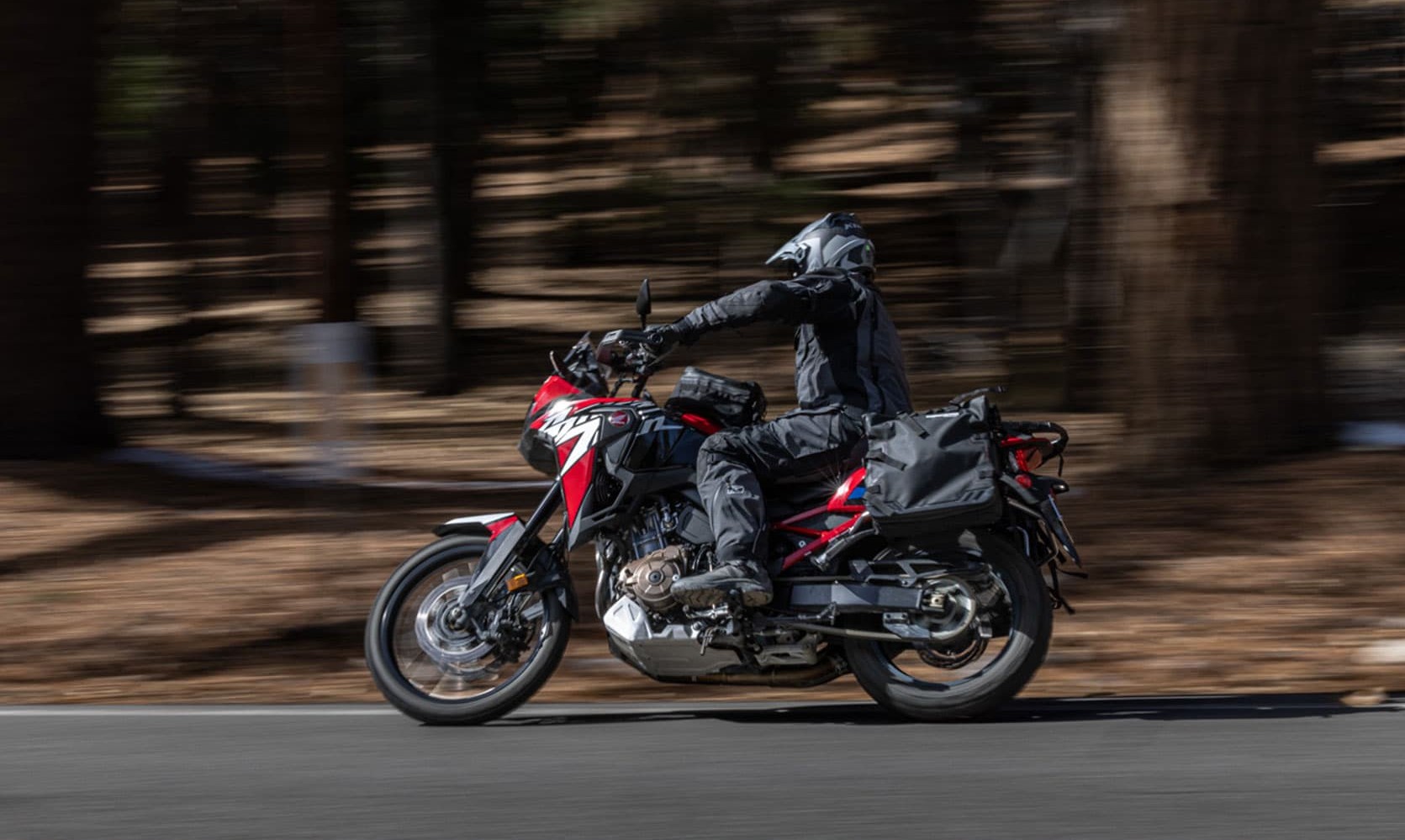
Plan for upgrades: Some jackets come without back protectors or chest pads; budget for these upgrades. Airbag systems require room inside your jacket—size accordingly. Boot insoles and aftermarket earplugs can improve comfort significantly.
Try before you buy (when possible): Everyone’s body is different. If you can’t visit a store, order from retailers with good return policies and try gear around your home before committing.
Final Thoughts
There’s no single “best” gear set for every rider, but each of the items above excels in its intended environment. The Shoei GT‑Air 3 keeps you calm and focused on long rides, the REV’IT! Eclipse 2 turns sweltering commutes into breezy cruises, and the Klim Badlands Pro A3 stands ready for any weather the world throws at you. Pando Moto’s leggings prove you can be comfortable and protected, SIDI’s Adventure 2 boots keep you sure‑footed across varied terrain, and REV’IT!’s Sand 5 gloves offer the dexterity and ventilation needed for adventure touring. Finally, the Tech‑Air 7X demonstrates that airbag safety is no longer just for racers—it’s the future of street riding.
Choose the gear that matches your riding life, and you’ll enjoy every mile more. As always, stay safe and see you on the road.
Related
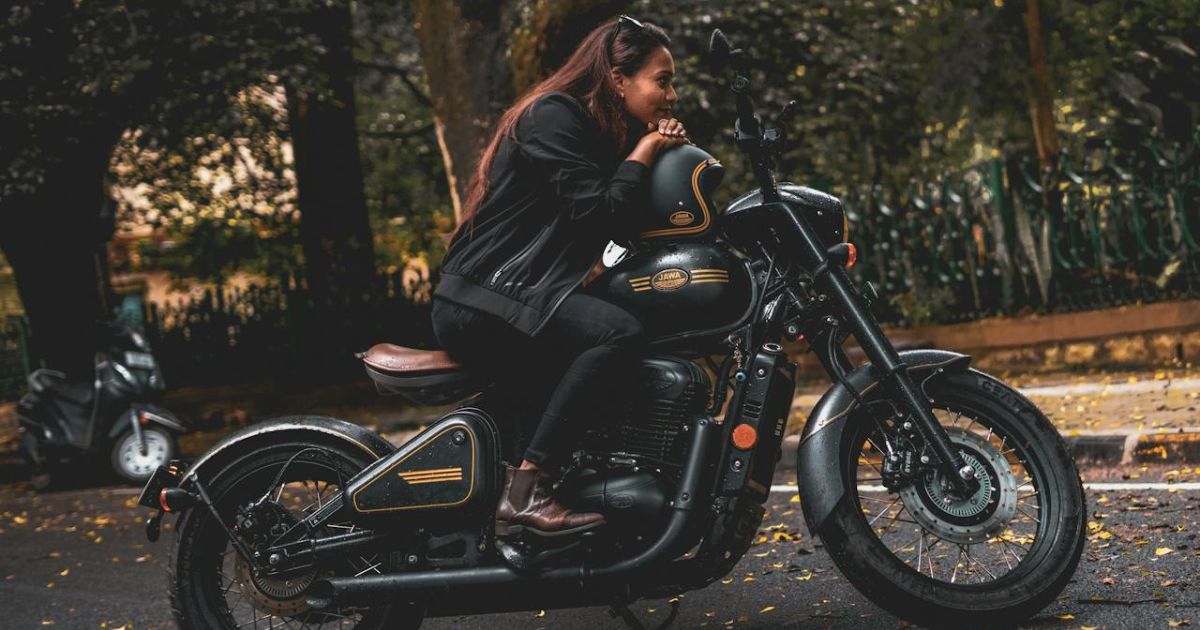
Best Motorcycle Gear for Women: Stylish, Safe & Confident
Discover the best motorcycle gear for women—tested for protection, comfort, and style to keep every rider confident, cool, and safe on the road.



